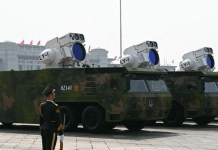Russia has been threatening to pull out from the International Space Station (ISS) ever since global sanctions started to mount against Moscow. Russia has now sprung a surprise as it is finally set to leave in two years to pursue its own Russian Orbital Service Station (ROSS).
On July 26, Russia’s new space Chief, Yuri Borisov, announced that his country would leave the International Space Station after 2024. This has come as a shock since the ISS represented a rare instance of cooperation between Russia, the U.S., and its allies aboard the orbiting research space station.
Russia is not just planning to end its space partnership with the ISS but also launch its own space station, the ROSS. However, Vladimir Solovyov, the general designer for Russian manned systems and the general designer of RSC Energia, announced that the building of a new Russian Orbital Service Station (ROSS) will not start before 2028.
The first module of ROSS could be launched between 2027 and 2028. This would make Russia the second country in the world to have an active space station after China’s Tiangong, which is set to become operational later this year.
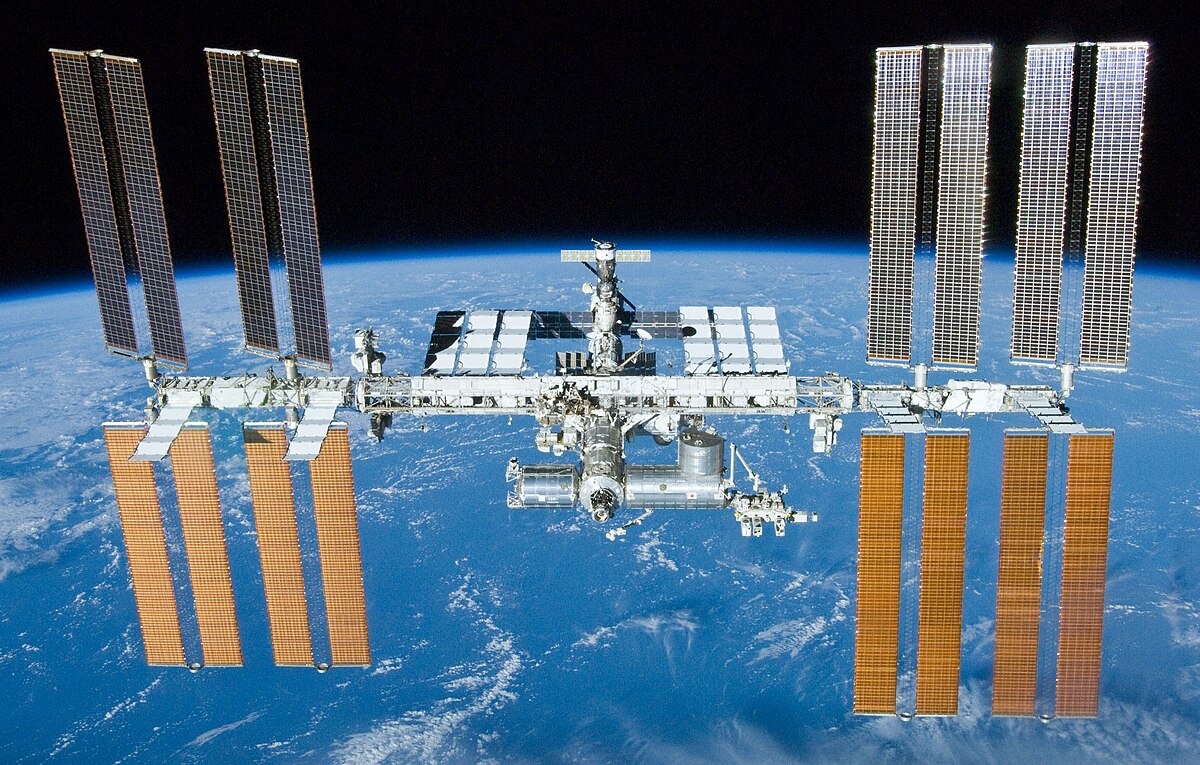
In addition, the ISS is expected to retire by the 2030s, close to the time when Russia begins the construction of its space station. This could come as a big quagmire for the United States, the former cold war space rival of Russia, which is already grappling with the challenge posed by China’s rise in space.
Launched in 1998, the ISS has been continuously occupied since November 2000 under a U.S.-Russian-led partnership that also includes Canada, Japan, and 11 European countries. Thus, making it a multi-national space effort that has survived the test of time over decades.
Further, the Russian announcement comes just 2 weeks after Russia and the US struck an agreement allowing American and Russian cosmonauts to share flights to and from the International Space Station (ISS) on each other’s spacecraft in the future.
Russia, however, first announced its Russia Orbital Space Station (ROSS) in April 2021 and has since been diligently working to make the concept a reality.
Russian President Vladimir Putin had also said on Russian Cosmonautics Day that Russia’s space program would power through the “difficulties” that have followed the nation’s Feb. 24 invasion of Ukraine – indicating an accelerated space blitz.
Russia Orbital Space Station (ROSS)
Russian engineers finished their plan for a modular space station in early 2020. They contended that the space station could replace the International Space Station (ISS) and give the country’s space program a backup destination in case Moscow’s lunar goals falter for lack of funds or political will, according to the Russian Space Web.
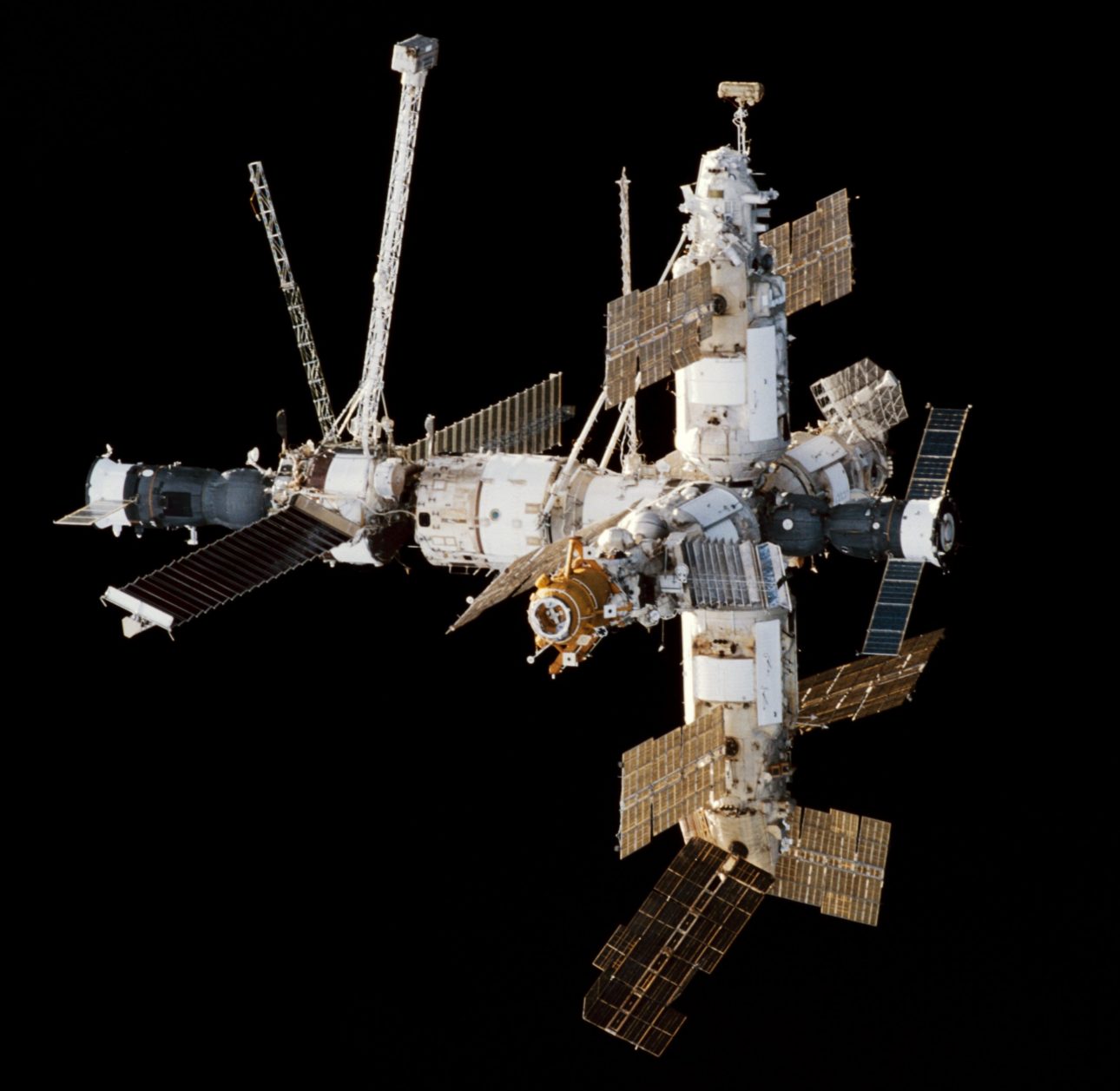
The facility was referred to as the Russian Orbital Service Station, or ROSS, and was given the industrial code 615GK. It has since been argued that the ROSS project is linked to the ISS in a way that simultaneously seeks to replace it.
ROSS began as an evolution of the Orbital Piloted Assembly and Experiment Complex (OPSEK) concept, but it eventually developed into designs for a brand-new, independent Russian space station that wouldn’t use any components from the Russian Orbital Segment of the ISS.
ROSS is expected to be in a sun-synchronous orbit at an altitude of 400 km, enabling it to see the whole surface of the Earth, including the Arctic.
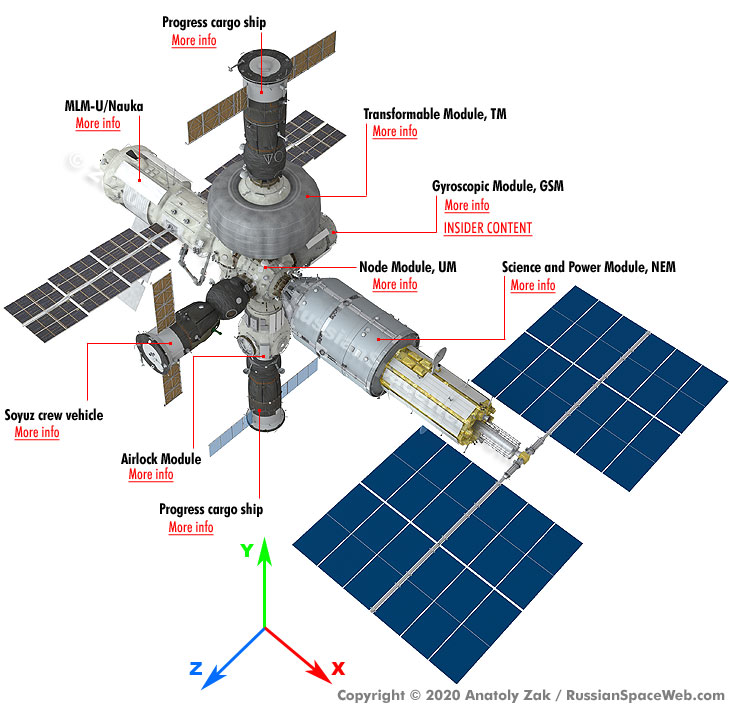
Thanks to our orbit, the station will be able to perform two crucial tasks: it will allow observation of Russia in high frequency from space, and it will make it easier to access the station compared to the ISS, allowing for more medical and physiological experiments than are currently possible on the Russian Orbital Segment of the ISS.
NEM-1, also known as Science Power Module 1, will serve as ROSS’s fundamental module (SPM-1). To prepare NEM-1 for its new role as a component of ROSS, the module will go through a 1.5–2 year development process. Initially, NEM-1 was supposed to launch to the International Space Station in 2024, but that plan was later abandoned.
With a target completion date of 2035, ROSS is expected to have up to seven modules, with four of them making up the first phase of construction: the base NEM-1 module, an updated NEM, a node module, and a gateway module.
A platform module for spacecraft maintenance will be included in the second stage, along with logistics and production modules. Also being considered is a commercial module that could fit up to four space tourists.
“We propose to build it in two stages. If the decision on its construction is made before the end of the year, then the first stage will begin in 2028 with the launch of the Science Power Module by the Angara-A5M launch vehicle,” the general designer for Russian manned systems said in an interview with the Russian Space magazine.
In addition, former Roscosmos Chief Dmitry Rogozin had said that ROSS would be automatic, and cosmonauts would only maintain it and change scientific equipment. He stated that the decision regarding this was made at a joint meeting of the RAS Space Council and the Presidium of the Scientific and Technical Council of Roscosmos.
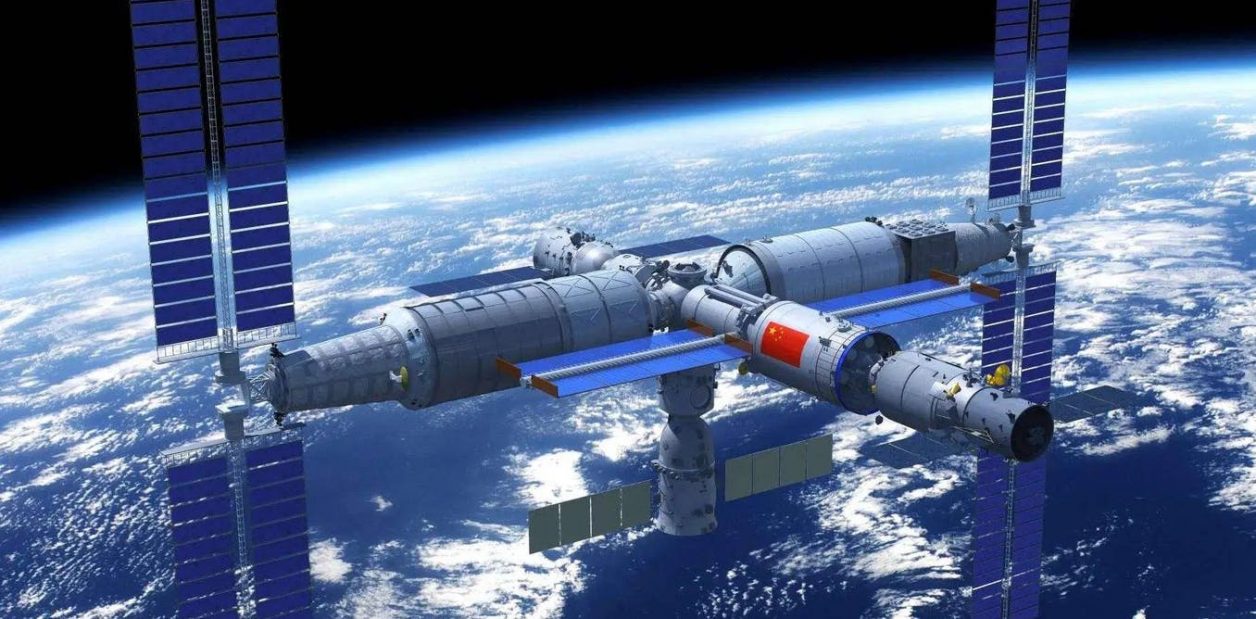
Countries With Space Stations
Apart from the ISS and Russia’s far-from-operational ROSS Station, China is the only country to have a fully operational space station. Beijing will complete building the Tiangong space station by the end of 2022, according to a January 5 announcement by the China Aerospace Science and Technology Corporation (CASTC).
China will be the only nation with its space station as the current International Space Station (ISS), a joint project involving numerous stakeholders, including NASA (the United States), Roscosmos (Russia), JAXA (Japan), ESA (Europe), and CSA (Canada), will reach the end of its operational life.
To that end, one of the two Chinese laboratory modules needed to finish its orbital space station was launched on July 24 from beautiful Hainan Island. The Wentian weighing 23 tons has been designed for scientific and biological experiments.
The second module, called Mengtian, is slated for launch in October. The Tiangong space station should be finished once the second module is put into orbit.
Apart from Russia and China, India too is in the fray to launch its space station, as previously reported by EurAsian Times. Jitendra Singh, the Union Minister for Space in India, declared in the Parliament that India would launch its first space station by 2030, which means roughly around the same time as the ISS’ retirement.
K Sivan, the head of the Indian Space Research Organization (ISRO), first unveiled the features of the hypothetical space station earlier this year.
According to Sivan, the structure might weigh up to 20 tonnes. Furthermore, it will be fixed in a 400-kilometer orbit above the Earth, where astronauts might stay for up to 15-20 days. The space station will be launched 5-7 years after the manned human Gaganyaan expedition, Sivan had then stated.
While the International Space Station has become the epitome of space research and global collaboration, it has also so far represented space monopoly by giving NASA a grandiose role. With countries like China, Russia, and India now entering the arena with their independent space stations, the politics of space is set in for a tectonic shift.
- Contact the author at sakshi.tiwari9555@gmail.com
- Follow EurAsian Times on Google News


